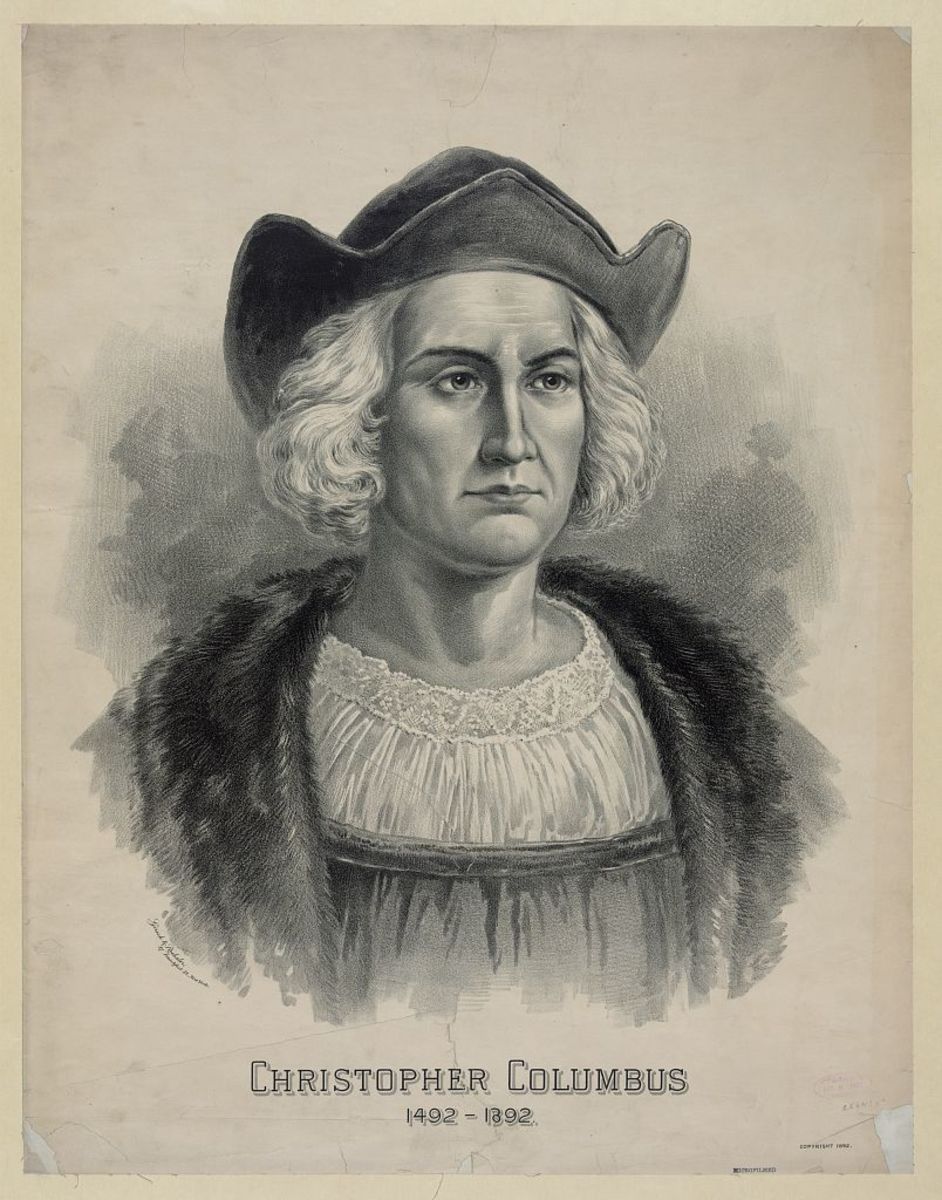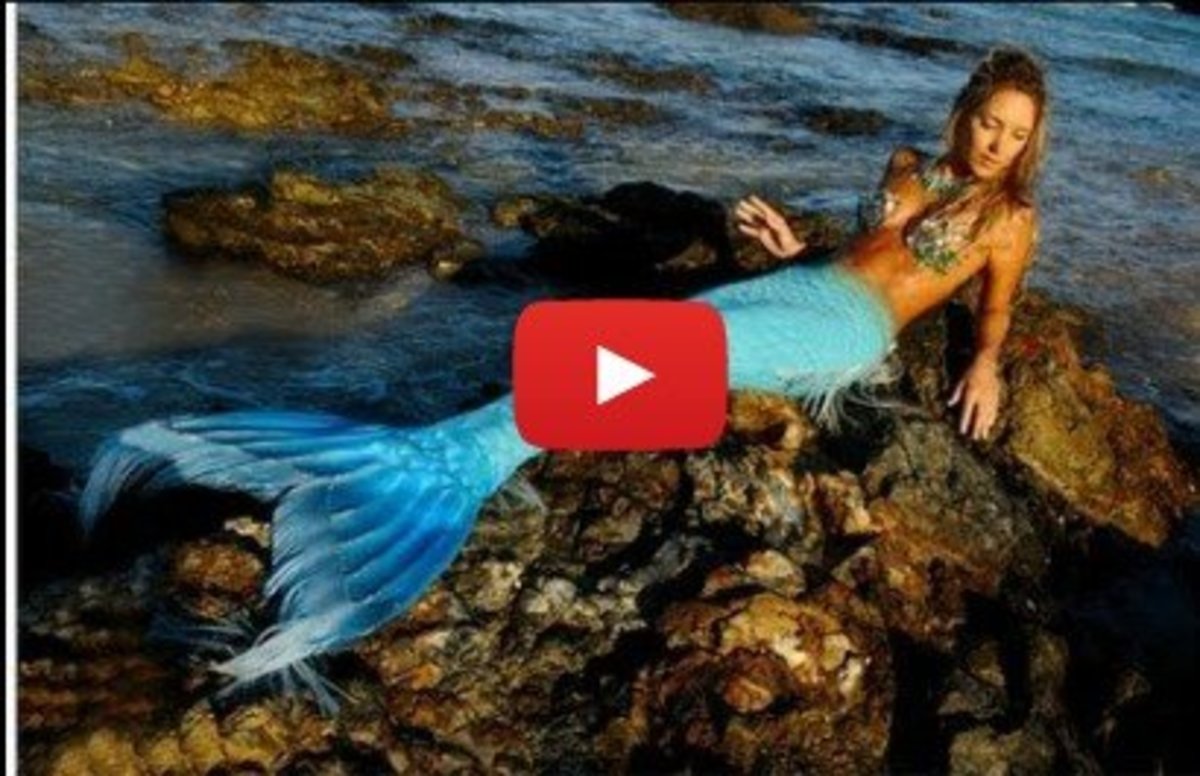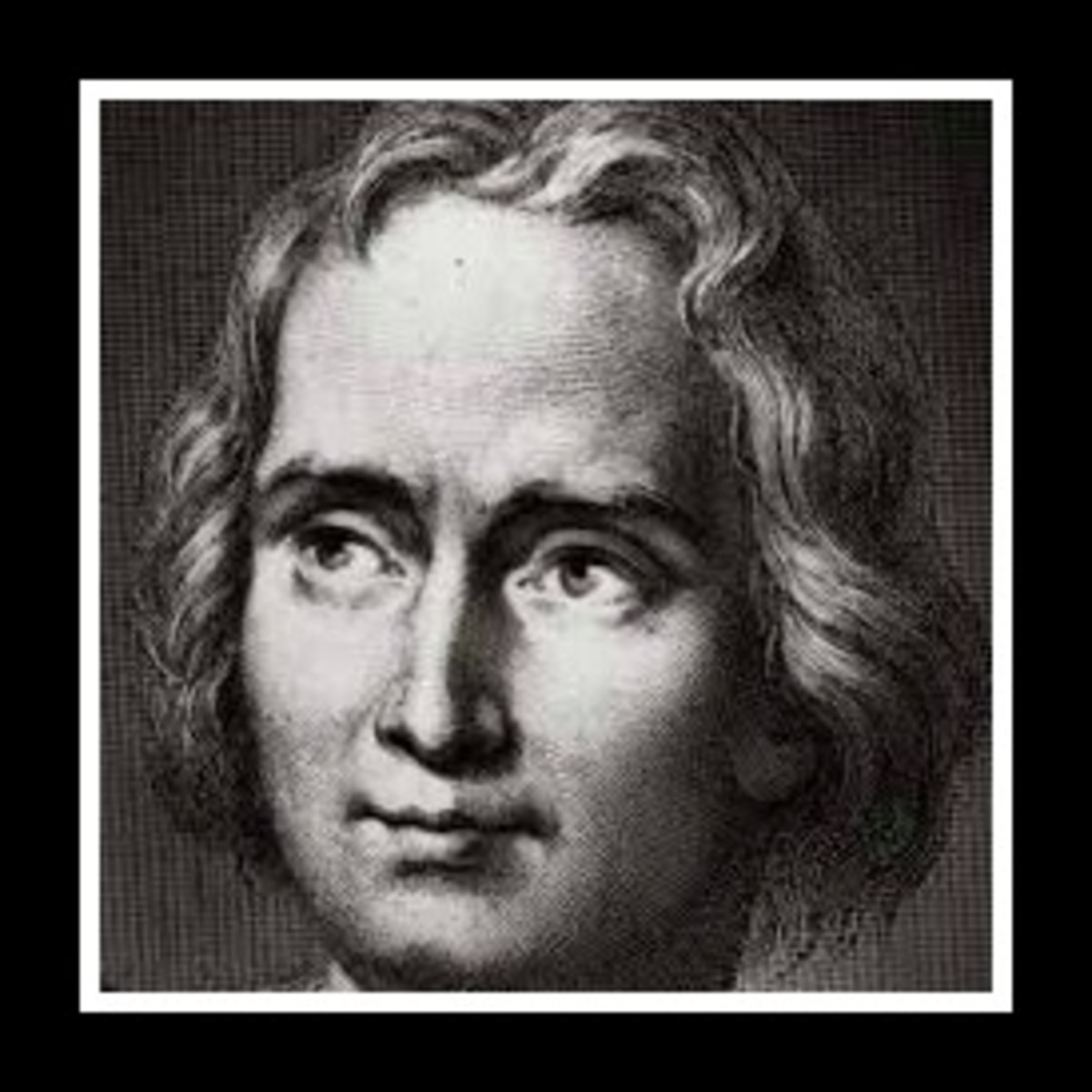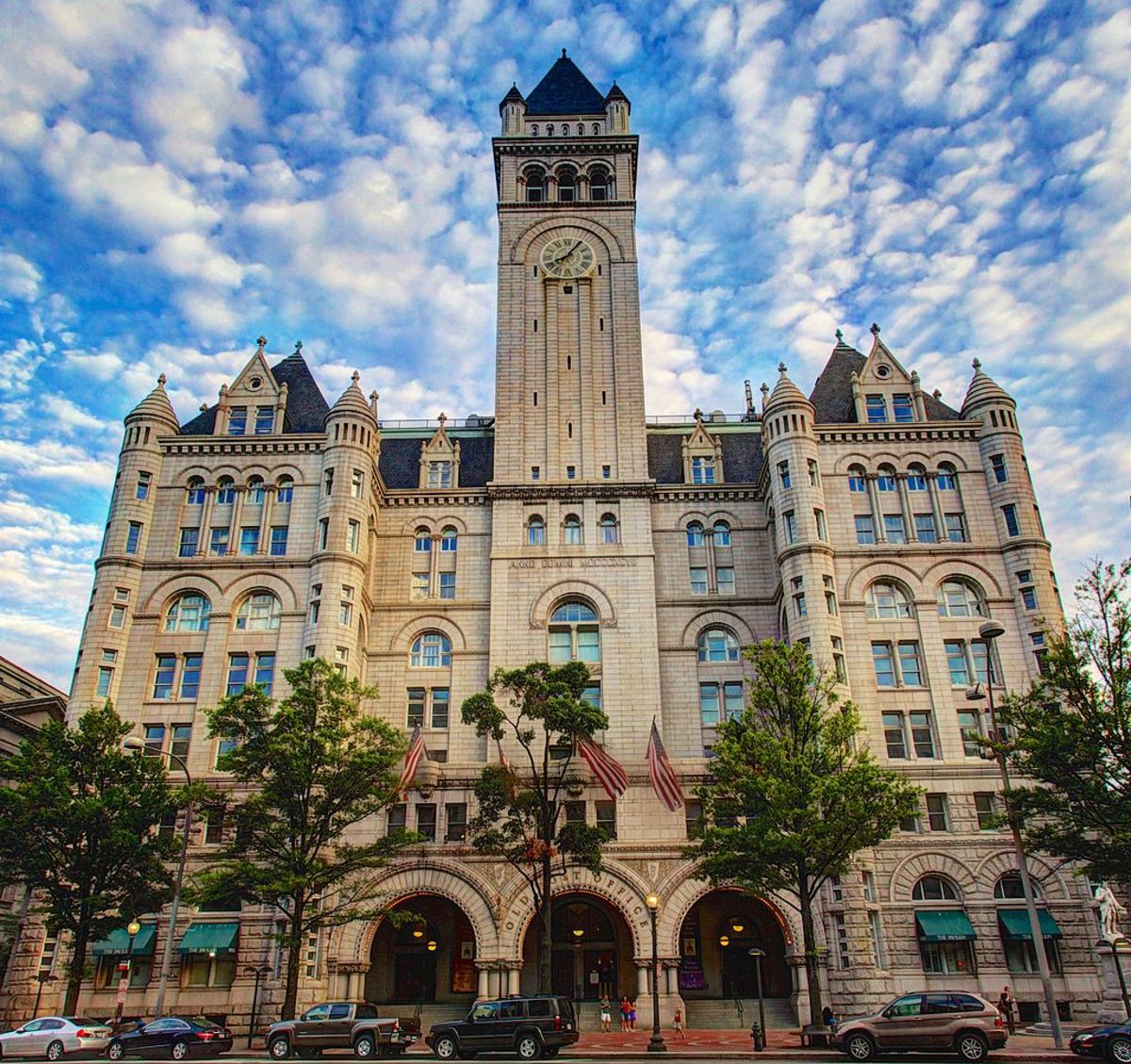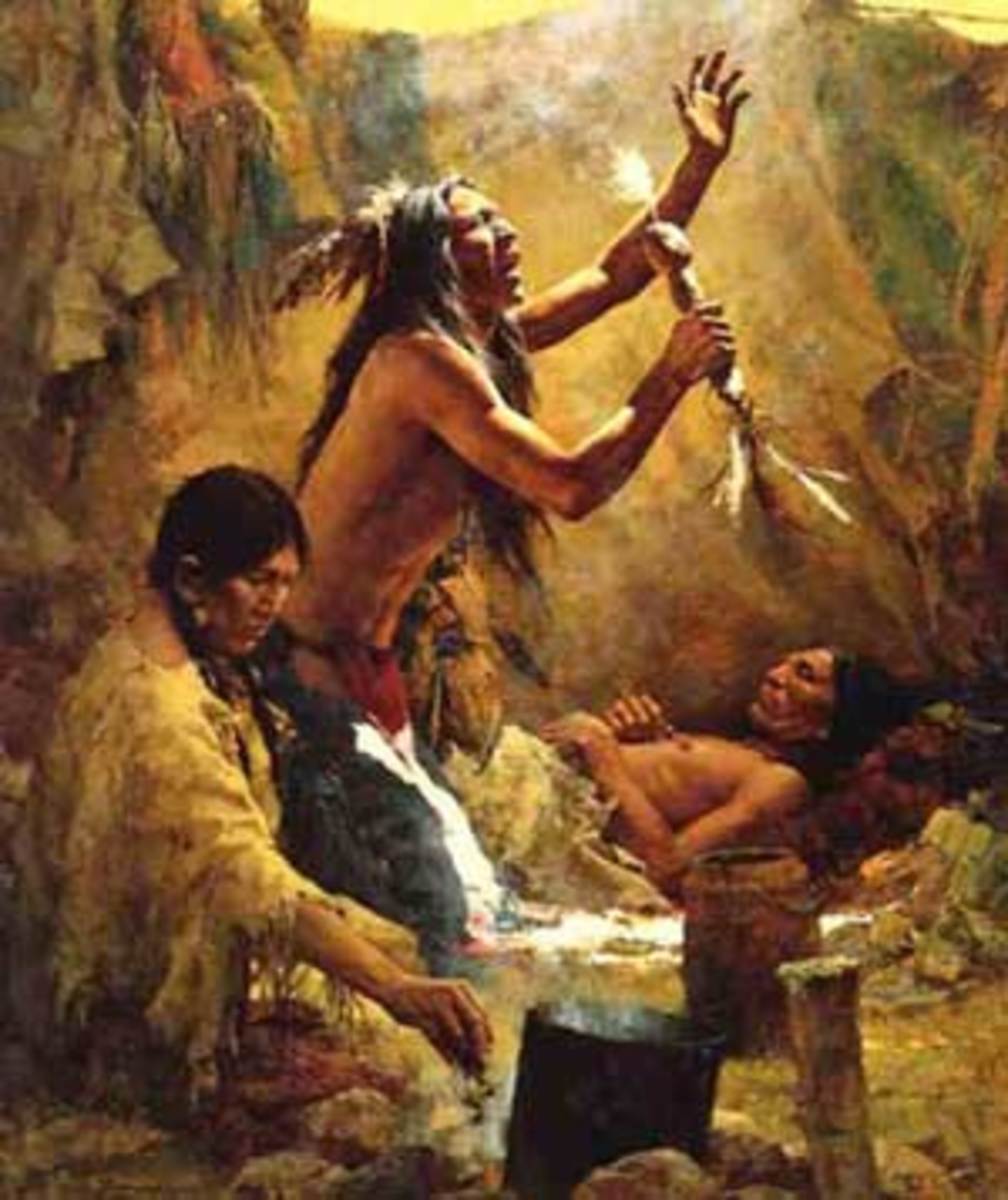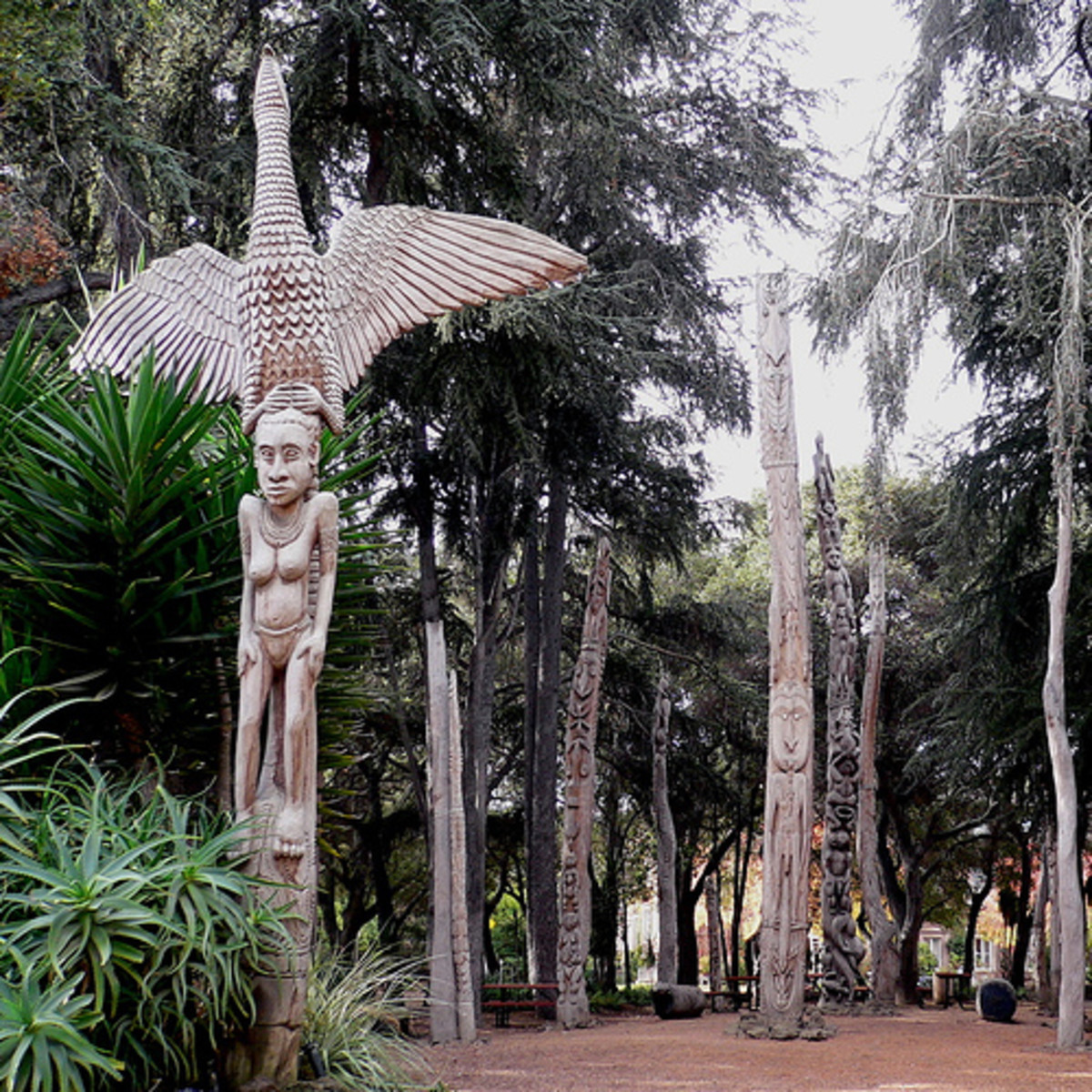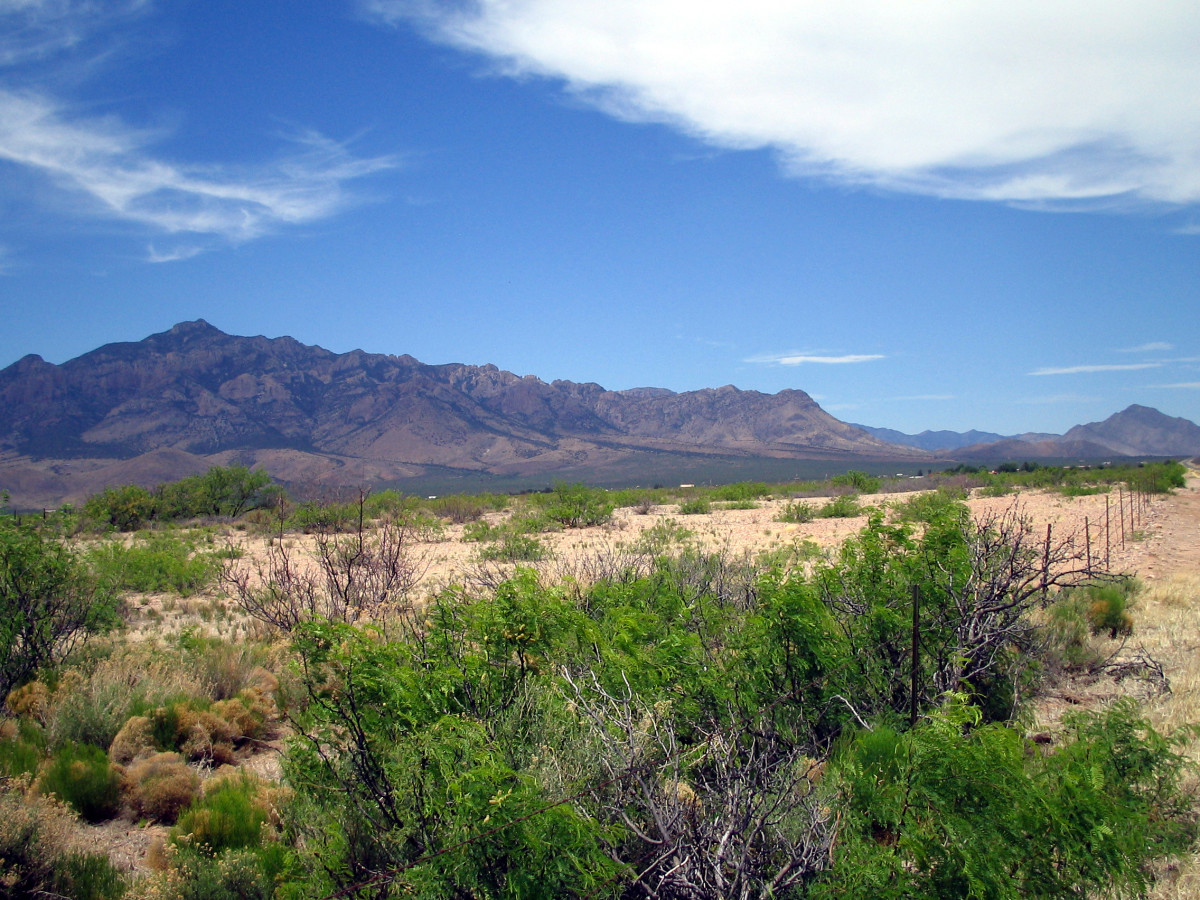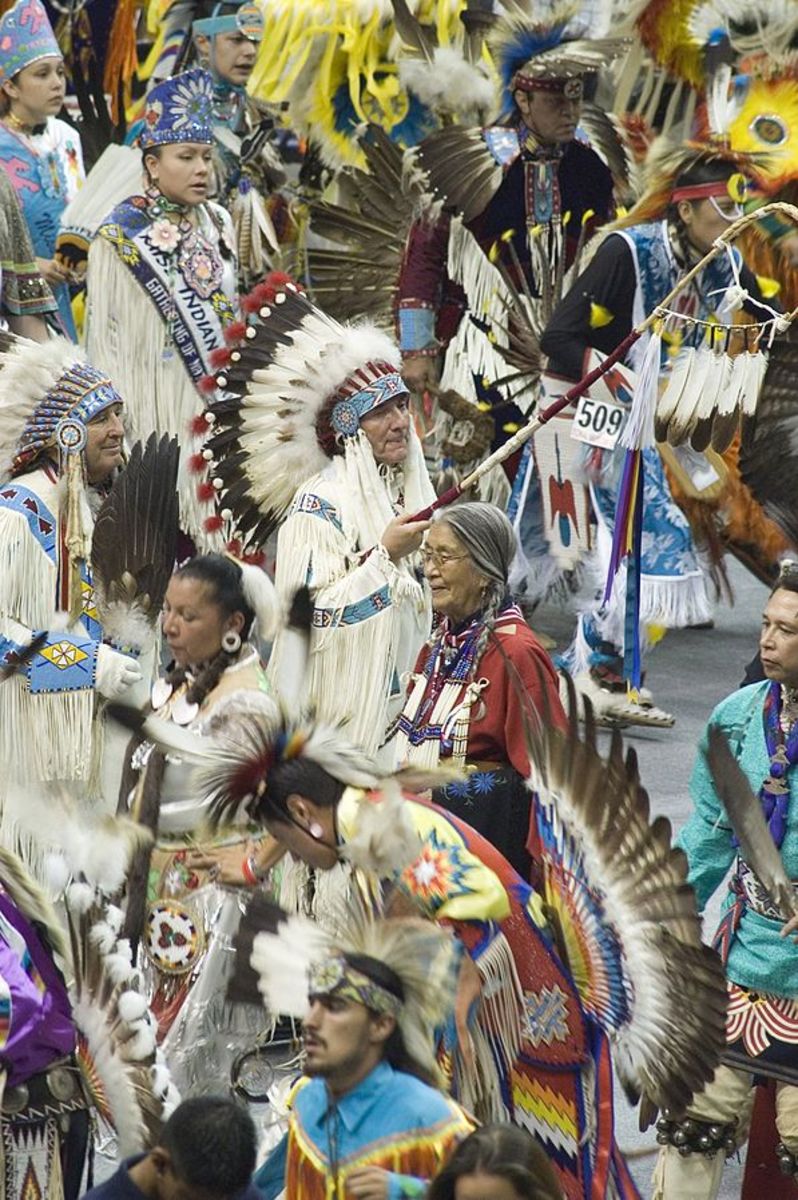- HubPages»
- Education and Science»
- History & Archaeology»
- History of the Americas
America, A Nation Blessed by God? Part One
Introduction
The United States of America has often been described as a nation blessed by God. The term “American Exceptionalism” is a phrase often coined by Americans. It is the belief that the United States is uniquely chosen by God. The Puritans often referred to America as “a shining city on a hill.” In 1814, when Francis Scott Key wrote the Star Spangled Banner, he included in the last verse:
Blest with victory and peace, may the heav'n rescued land
Praise the Power that hath made and preserved us a nation.
Then conquer we must, when our cause it is just,
And this be our motto: "In God is our trust."
And the star-spangled banner in triumph shall wave
O'er the land of the free and the home of the brave!
One person has written, “When you look at our resources, our protection by two oceans, our standard of living, can you argue that America has not been uniquely and providentially blessed? The natural resources that lie within the confines of our borders are without parallel anywhere in the world: not just rich, arable land, but vast resources of iron, coal and oil under the ground. We didn’t put them there; we were just led to the place where they were.” (A God-blessed America: Obligations and Responsibilities, The Ethics and Religious Liberty Commission of the Southern Baptist Convention, accessed July 1, 2012.)
There is no doubt that this nation has come far, particularly in the past one hundred years, with advances in medicine, inventions like the telephone, automobile, computer, television, etc. However, does this mean, by logical extension, that God has smiled down on this nation and rewarded it with all of these things?
The intention of this series of articles is to examine the founding of America, from the time Columbus reached its shores to today. Why did the English come to America? What was involved in the process of creating this country? In light of its history, can we honestly say that God can and has blessed this country? Hopefully the reader will read the entire series before commenting.
We will start by looking at the arrival of Christopher Columbus.
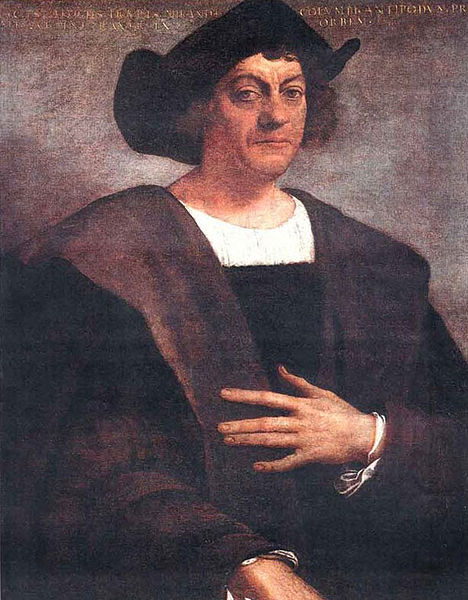
The Nina, The Pinta, and the Santa Maria
Christopher Columbus certainly wasn’t the first European to set foot on North American soil, but for our purposes we’ll start there. In August of 1492 three ships, under the leadership of an Italian named Christopher Columbus, left Spain, looking for a shorter route to China. It was his belief that if he headed straight west, his voyage to China would be uninterrupted. He was wrong. That December they arrived on the shores of Haiti and the Dominican Republic. Columbus would name them Hispaniola.
On Christmas Eve the Santa Maria ran aground. The island inhabitants, the Taino tribe, under the leadership of a man named Guacanagari, rushed to avert a tragedy. They sent boats out to help unload the cargo and crew and bring them ashore.
Columbus was quite impressed with the natives. In his journal he wrote: “The King observes a very wonderful estate. In such a dignified manner that it is a pleasure to see. Neither a better people nor a land can there be. The houses and the villages are so pretty. They love their neighbors as themselves and they have the sweetest speech in the world and they’re gentle and they’re always laughing.”
As a token of friendship Columbus gave Guacanagari a red cape. In turn, Guacanagari gave Columbus a gold crown, which he then placed on the sailor’s head. This ended up being a mistake on two accounts. First of all, to Columbus the gold crown was a symbol of authority. In his eyes Guacanagari was surrendering the land to Spain. Secondly, it revealed the fact that gold, which was to be the lure that would lead to many tragedies in the future, was available on the islands. Columbus was impressed with the amount of gold jewelry he saw in their possession and wanted their gold badly. It was something that would impress Queen Isabella of Spain and wealth belonged to those who were strong enough to take it from others.
In that year there were nearly a million natives living on the islands. Over the space of just a few years that number would be reduced dramatically. It was obvious that Columbus’s intentions were less than honorable from the start. In fact, the very first day he encountered the natives, October 12, 1492, he wrote: “They should be good servants .... I, our Lord being pleased, will take hence, at the time of my departure, six natives for your Highnesses." Columbus’s first action was to build a fort in an effort to show military strength and to subdue the natives.
Columbus sailed back to Spain, bringing with him six Taino natives, in addition to plants and gold. Apparently intending to make war, not peace, he returned the following November with seventeen military ships, soldiers, a mounted cavalry, attack dogs and guns. Columbus discovered that the thirty men he had left behind had been killed after trying to invade Maguana.
The abuse of the natives then began in earnest, Columbus’s crew mining the gold mines and using the Taino as slave labor. The Spanish were apparently committing these atrocities in the name of Christianity. One native is quoted as saying:
“You know that the Christians are coming here; and you know how they treated the chiefs and people of Haiti. They come to do the same here. Do you know perhaps why they do it?...They do it…because they have a god whom they greatly adore and love. To make us adore him they strive to conquer us and take our lives… Behold, [this gold], here is the god of the Christians. They seek him everywhere, in the rocks and under the ground….If we preserve this gold, they will finally have to kill us, in order to take it from us.”(Hatuey, Taino. [From the Heart: Voices of the American Indian, by Lee Miller)
Fortunately, they did have some Christian allies. To his credit, a Spanish priest, Fray Bartolome de Las Casas, who had accompanied Columbus on his second voyage, spoke out against the cruel and inhumane treatment of the Taino people.
“It is not possible to recount the hundredth part of what I have seen with my own eyes. A man had need to have a body of iron to undergo the labor they endure in getting gold out of the mines.”
Despite the fact that epidemics and starvation were rampant, the natives were forced to supply the Spaniards with food and labor. In only four short years the native population dropped to 300,000. The situation was so bad that some Taino committed suicide and even killed their own children rather than let them endure the treatment handed out by the Spanish.
A few, including Guacanagari, managed to escape to the mountains. The Spanish army pursued them and by 1503 only a few pockets of resistance remained. Among them was a female chief by the name of Anacaona. The Spanish governor requested a meeting with her. Agreeing to the meeting so that an amiable settlement could be reached, she and eighty regional chiefs met at her home. They had no sooner arrived than the governor gave a signal and her thatched statehouse was set on fire. Anacaona managed to escape but was later hanged. Among the witnesses to the massacre was a young boy by the name of Enrique or Enriquillo. He was the heir to another region of the island and was safely taken away by a Spanish priest.
Then began a pattern that would be repeated again and again in the United States. Entire villages would be given over to land owners who weren’t entitled to the land. The natives would be used for slave labor. Enrique and his wife were given to a man named Valenzuela, despite the protests of the priest who had rescued him. Enrique was beaten and his wife, Mencia, was raped by Valenzuela. Finally Enrique and several others escaped and over time a resistance army was created. With only spears, spikes, bows and arrows, they were so successful that the Spanish were forced to retreat. The resistance lasted for over ten years.
Finally, the Spanish government made overtures of peace. However, Enrique remembered what had happened with Anacaona and refused. He did trust Father Bartolome de Las Casas, however, and agreed to talk with him. Las Casas had earned the title “Protector of the Indians” over the course of several years. A couple of months later a truce was negotiated and the Spanish guaranteed freedom for the 4,000 remaining people. From a million to virtual extinction – that is the legacy Christopher Columbus left.
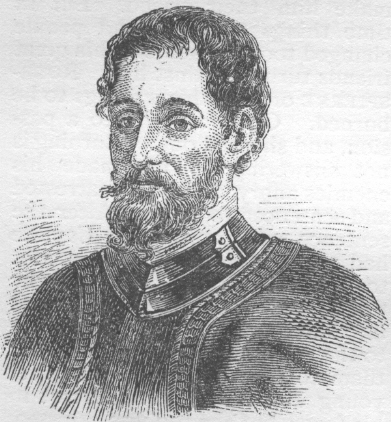
Hernando de Soto
On May 30, 1539 Spanish explorer and conquistador (conqueror) Hernando de Soto landed in Florida, just north of what is today Tampa Bay. He had already taken part in the conquering of parts of Central America, as well as Peru, returning to Spain with 18,000 ounces of gold. Stories of Florida being just as rich in gold as Peru had inspired him to set sail.
De Soto landed with nine ships containing as many as 1,000 warriors plus sailors, horses, swine and attack dogs. They obviously didn’t come in peace. De Soto’s troops headed north, plundering villages that got in their way. The Timucua Indians they met were enslaved and chained together with iron neck collars. The Timucua leader Vitachuco (or Acuera?) was determined to fight and tried to lure de Soto’s men into a trap. Unfortunately, a spy had informed de Soto of the plan and the Timucua were driven into a nearby lake. The survivors were enslaved.
In the Spring of 1840 de Soto reached what is now Columbia, South Carolina. There he ran into the Cofitachequi tribe, led by a woman called the Lady of Cofitachequi or the Mistress of Cofitachequi. She wanted peace and offered de Soto a pearl necklace. Again, de Soto and his men weren’t interested in peace and they plundered the town, stealing pearls out of the temples and even the graves. The Lady of Cofitachequi was captured, but managed to escape.
De Soto then moved into Coosa Indian territory in northern Alabama. Over the years the Spanish told stories about Coosa wealth that became legendary in Spain. When de Soto’s men moved on to Mobile they left one man behind who was too sick to travel. Twenty years later the Spanish would return to Moundville, Alabama. Rather than finding thousands of Indians there were only a few survivors. The man who had been left behind had carried diseases that wiped out the population.
The Mobile Indians were already familiar with the ways of the Europeans and were prepared for them. After one of de Soto’s men killed the Mobile leader thousands of Indians came forth and drove the Spanish away from their village. De Soto’s men drove them back into their homes, which were then set on fire. After a nine hour battle, it ended, with as many as 11,000 dead. Eighty-two of de Soto’s men died and all of them were wounded.
Eventually, after recovering from their injuries, they moved on until they reached the Mississippi in 1541. De Soto died on May 21, 1542. Unfortunately, that wasn’t the end of the Spanish conquests. The army continued down the Mississippi. On the way they were met by the Nachi Indians, who were happy to drive them further down the Mississippi towards the Gulf of Mexico. On July 18, 1543 they reached the Gulf and made their way to Spanish settlements along the coast of Mexico.
America, A Nation Blessed by God?
- America, A Nation Blessed by God? Part Two
The Inuits, Martin Frobisher and the Powhatan Confederacy. - America, A Nation Blessed by God? Part Three
Squanto, the Puritans and the first Thanksgiving. - America, a Nation Blessed by God? Part Four
- America, A Nation Blessed by God? Part Five
- America, A Nation Blessed by God? Part Six
- America, A Nation Blessed by God? Part Seven
- America, A Nation Blessed by God? Part Eight
- America, A Nation Blessed by God? Part Nine
- America, A Nation Blessed by God? Part Ten

